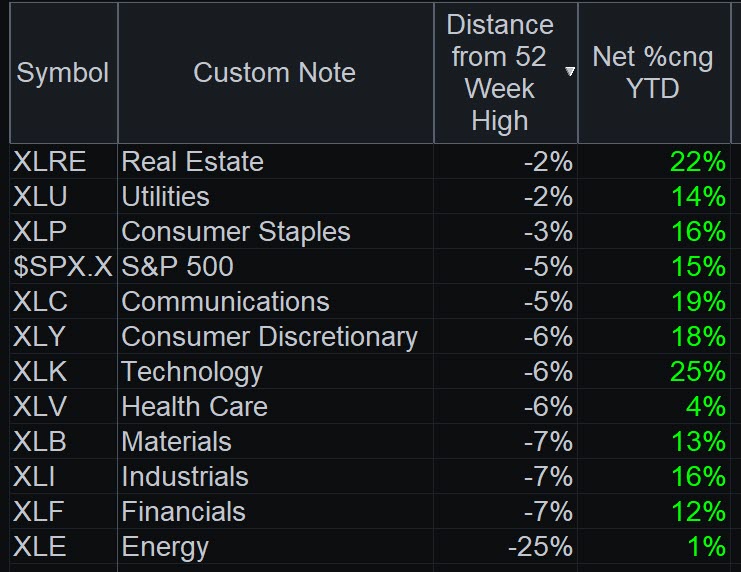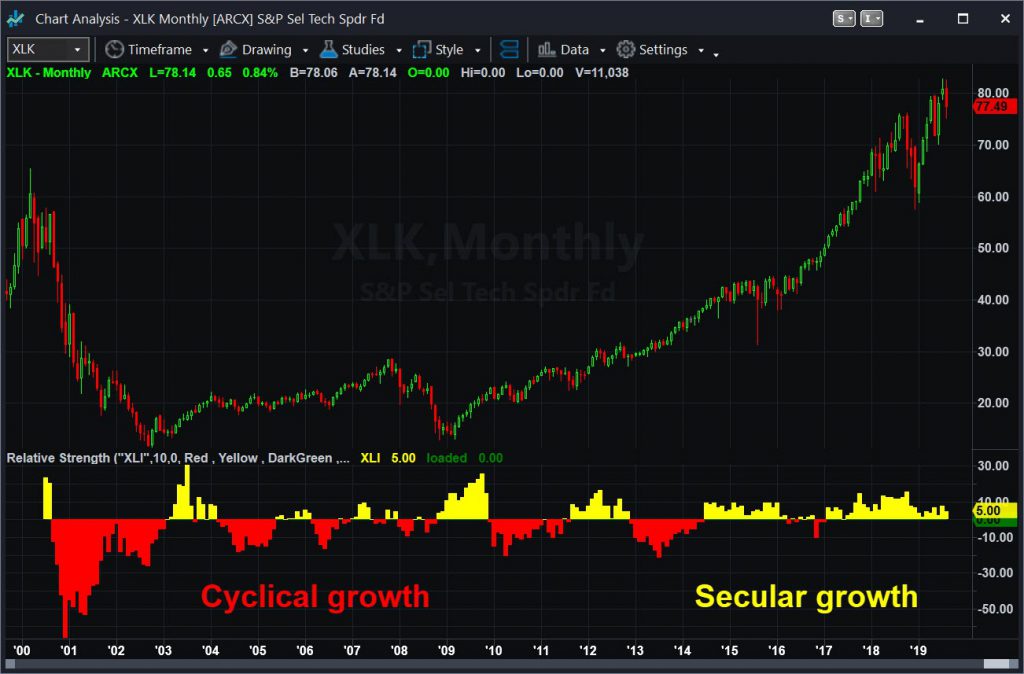Interest rates are nosediving around the world. Here’s what you need to know as this becomes an increasingly mainstream story.
First, the main reason is slower growth in the world’s two biggest exporters: China and Germany. China has run into President Trump’s tariffs and Germany faces the uncertainty of Brexit. Business leaders in both countries are spending less as a result, which drags on confidence.
Second, central banks are responding with rate cuts. Market Insights has tracked this since February. Check out this timeline:
- Feb. 5: Australia’s central bank cuts its growth estimate and suggests rates may fall.
- Feb. 7: India unexpectedly cuts interest rates.
- March 7: Europe officially halts rate increases.
- March 28: New Zealand goes dovish.
- April 4: India cuts rates again.
- April 26: Sweden says “lower for longer.”
- May 7: Malaysia cuts rates for first time in almost three years.
- May 9: Philippines unexpectedly cuts interest rates.
- May 16: Philippines cuts reserve requirements.
- June 4: Australia cuts for the first time in almost three years.
- July 2: Australia cuts again.
- July 18: Indonesia and South Korea cut for the first time in over a year.
- July 25: Europe signals a rate cut at its Sept. 12 meeting
- Aug. 7: India, Thailand and New Zealand cut unexpectedly or more than expected.
The U.S. Federal Reserve took plenty of similar steps along the way to its own cut on July 31.
Possible Winners of Lower Rates
Lower interest rates generally favor income stocks that are valued for dividends. These include utilities, consumer staples and real-estate investment trusts. Not surprisingly those three sectors are the closest to their 52-week highs.

Precious metals also screamed higher during this rate-cutting cycle. That includes physical gold, gold miners and silver. TradeStation clients can take play these trends several ways:
- Comex Gold futures (@GC) track physical bullion directly.
- SPDR Gold Trust (GLD) also tracks physical gold. This ETF can be traded in a normal brokerage account.
- Market Vectors Gold Miners ETF (GDX): This fund tracks gold-mining companies. It mostly follows the physical metal.
- Silver futures (@SI): A super-volatile cousin of gold.
Bonds are also rallying in price as lower interest rates make their fixed payouts more desirable.
Possible Losers of Lower Rates
Banks typically suffer the most when interest rates fall because they earn less money from lending. That also means investors may rush back into financials when they sense conditions are going to change.
Industrial and materials stocks also tend to lag when rates are low. The reasons? First, they don’t have a lot of debt or pay big dividends. Therefore low rates don’t help them. Second, they tend to do best at times of strong economic expansion — which doesn’t jibe with low rates.
That raises another key issue: cyclical growth versus secular growth. Rapid gains for gross domestic product are “cyclical,” making investors want industrials and financials. These also tend to have lower earnings multiples. They also tend to be “value” stocks.
Periods of slower growth with low interest rates draws money instead to “secular” growth stocks like technology. These disruptors and innovators — especially communications, software and e-commerce — usually trade at higher earnings multiples. They’ve led market for most of the last six years, and the current interest-rate environment may keep that trend intact.

Is a Recession Coming?
As we saw above, the drop in interest rates resulted heavily from events overseas. Domestic economic data, especially low inflation, partially support the move.
But other numbers are anything but recessionary. Just today, for instance, unemployment claims showed fewer Americans than expected out of work. Two days ago, another report kept showing more job availability than the number of unemployed.
Industrial surveys from the Institute of Supply Management have been relatively weak. But then other gauges like confidence, savings and income show the consumer is gaining momentum. And don’t forget the consumer is two-thirds of the economy.
In conclusion, recent interest-rate moves are historic and potentially frightening. But they’re only part of a bigger and more complex story. Hopefully this post helps you see how we got to this strange place, and some things to watch going forward.


























